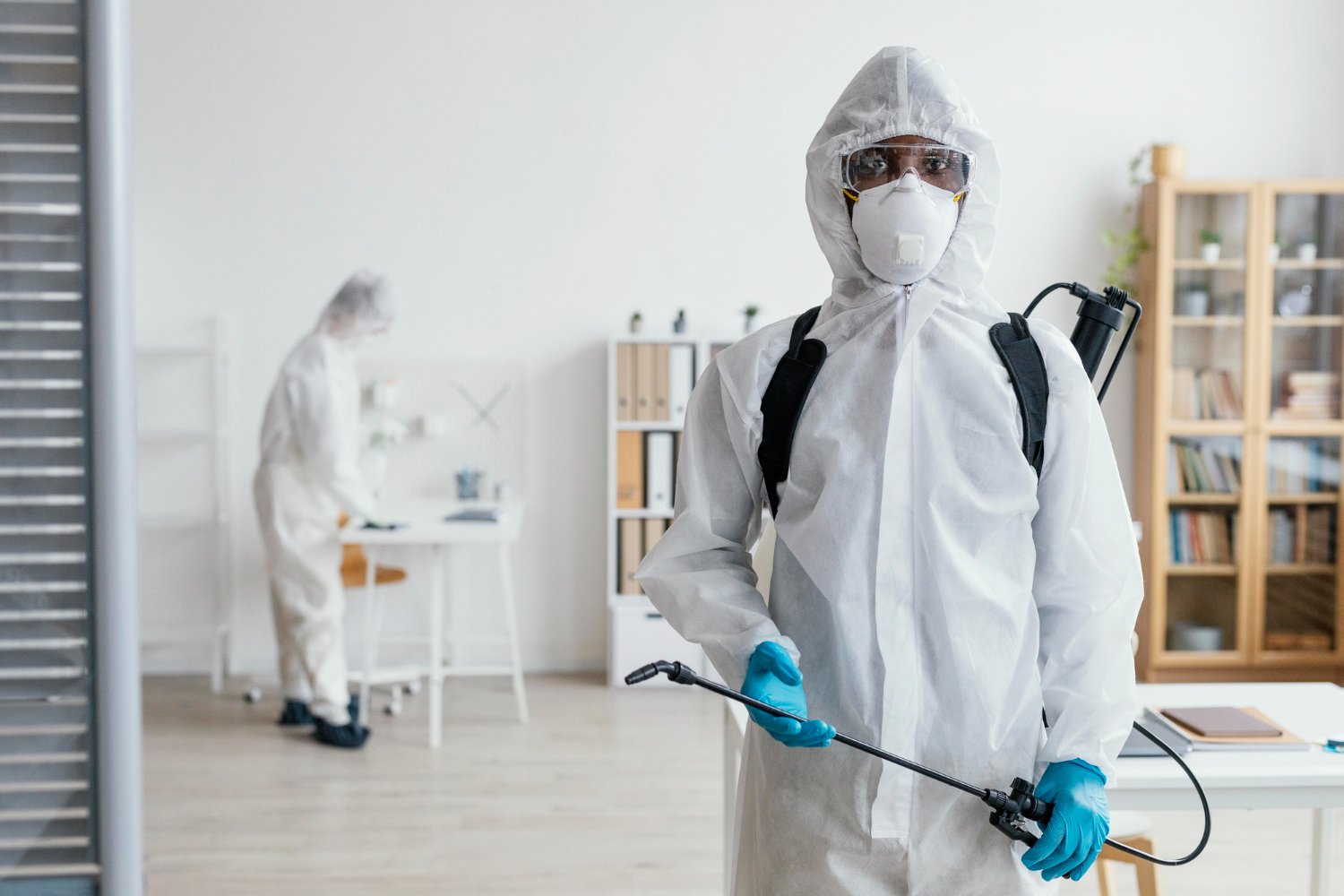A1 Bed Bug Exterminator Charlotte - Efficient and Cost Effective Services
Wiki Article
Bed Pest Treatment Malfunction: Comparing Chemical Vs. Non-Chemical Solutions
In the world of insect control, particularly when dealing with the relentless issue of bed pests, the choice in between chemical and non-chemical treatment options can be a crucial one. Both techniques provide distinct advantages and disadvantages, influencing elements such as performance, safety considerations, and general cost. By taking a look at the nuanced information of each method, a clearer understanding of which course to pursue in attending to a bed pest infestation can be achieved.Performance of Chemical Therapies
Chemical treatments for bed pest infestations have been widely acknowledged for their potent and rapid efficiency in removing these parasites. When considering the performance of chemical treatments, it is important to recognize that they can offer a quick and thorough service to a bed pest trouble. Expert pest control operators usually depend on insecticides to target bed pests at various phases of their life process, including eggs, grownups, and fairies. These chemicals normally work by interrupting the bed insects' nerve system, causing paralysis and ultimate death.Moreover, chemical treatments have the advantage of using recurring effects, meaning that they can remain to remove bed pests also after the preliminary application. This recurring activity is specifically beneficial in combating any prospective re-infestations. Additionally, the fast activity of chemical therapies can bring relief to people facing extreme bed bug problems, permitting them to restore control of their home rapidly.
Safety Problems With Chemical Solutions
When utilizing chemical remedies for bed bug therapy is ensuring the safety of occupants and the atmosphere,One critical element that requires careful factor to consider. While chemical treatments can be reliable in eradicating bed bugs, they might present dangers if not handled effectively. Among the primary security worry about chemical remedies is the potential damage they can trigger to human wellness. Direct exposure to specific chemicals utilized in bed insect therapies can bring about respiratory issues, skin irritability, or various other adverse responses, particularly in individuals with pre-existing problems or level of sensitivities. In addition, inappropriate application or dose of chemical pesticides can lead to poisonous residues remaining in the cured location, posturing long-term wellness dangers to owners.In addition, the environmental effect of chemical services is an additional substantial consideration. Some chemicals used in bed bug treatments may be damaging to valuable insects, wild animals, and environments if they seep into the soil or water supply. It is important to utilize chemical therapies judiciously, adhering to safety guidelines, and taking into consideration less toxic options to reduce these threats and ensure the risk-free and efficient monitoring of bed insect infestations.
Advantages of Non-Chemical Strategies
Considering the possible safety concerns and ecological influence linked with chemical solutions for bed pest therapy, checking out non-chemical techniques presents an appealing option with numerous unique benefits. Non-chemical treatments are environmentally friendly, as they do not contribute to air or water contamination, making them a sustainable selection for insect control.Additionally, non-chemical solutions can be efficient in targeting bed insects, including hard-to-reach locations where chemical treatments may not penetrate - A1 pest control you can look here charlotte nc bed bugs. Approaches such as warm treatment, vacuuming, vapor cleansing, and mattress coverings give complete removal without the use of unsafe chemicals.
Limitations of Non-Chemical Treatments

Additionally, non-chemical therapies usually need several applications to achieve effective removal. This can be lengthy and might not constantly ensure full removal of all bed pests and their eggs, especially in surprise or hard-to-reach locations.
Furthermore, the success of non-chemical therapies heavily relies upon appropriate application and thoroughness, which can be testing for people without professional proficiency. Poor application of non-chemical methods might lead to incomplete removal, bring about consistent problems and the requirement for additional therapies.
As a result, while non-chemical therapies have their benefits, it is vital to acknowledge these constraints and consider them when figuring out one of the most reliable approach for handling bed insect problems.
Expense Comparison: Chemical Vs. Non-Chemical Options
Given the restrictions associated with non-chemical therapies, an essential element to assess in the context of bed pest administration is the price contrast in between chemical and non-chemical alternatives. In comparison, non-chemical treatments like heat therapy or heavy steam see here can be extra expensive, with prices varying from $1,000 to $6,000 for a whole home. While the initial expense of chemical therapies might seem reduced, several therapies may be required to fully remove the invasion, possibly boosting the general expense.Final Thought

Considering the prospective safety and security problems and ecological influence associated with chemical services for bed bug therapy, exploring non-chemical strategies presents an encouraging choice with numerous distinct advantages.Given the limitations linked with non-chemical therapies, a necessary aspect to evaluate in the context of bed bug monitoring is the price comparison in between chemical and non-chemical choices. In comparison, non-chemical treatments like heat therapy or steam can be much more expensive, with expenses ranging from $1,000 to $6,000 for an entire home. While the initial expense of chemical therapies might appear reduced, multiple treatments might be required to completely eliminate the invasion, potentially increasing the general price.In verdict, when comparing chemical and non-chemical bed bug therapy options, it is necessary to think about efficiency, safety and security, advantages, restrictions, and price.
Report this wiki page